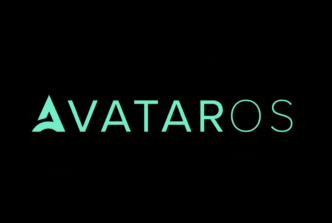Google is dramatically expanding the reach of its AI-powered tool, NotebookLM, by bringing its Audio Overviews feature to 76 new languages, making it easier for global users to engage with complex content in their native tongues. Announced on Tuesday, this update broadens access to one of NotebookLM’s most innovative features, which allows users to transform written documents into AI-generated podcasts.
Originally launched last year, Audio Overviews were designed to help users digest and better understand long or complex documents. By uploading materials—such as course notes, legal briefs, or research papers—users can generate spoken summaries narrated by virtual AI hosts. These conversational summaries offer an engaging, alternative format for studying or reviewing information.
Multilingual Support with Output Language Control
Until now, Audio Overviews were only available in the default language tied to a user’s Google account. With this latest rollout, Google introduces a new “Output Language” setting that gives users complete control over which language the AI-generated content is delivered in. This enhancement is particularly useful for educators, multilingual students, researchers, and global teams creating or sharing study materials in different languages.
“You can now change the language at any time,” Google noted in its blog post, “making it easy to create multilingual content or study aids tailored to specific learning needs.”
For example, a teacher preparing content about the Amazon rainforest can upload resources in Portuguese, Spanish, and English. Students can then use NotebookLM to generate Audio Overviews in any language they prefer—like Hindi, French, or Swahili—ensuring inclusivity and accessibility for diverse classrooms.
A Massive Language Expansion
The updated language support now includes widely spoken tongues like Arabic, Hindi, Mandarin (Simplified and Traditional), and Spanish (including Latin American and Mexican variants), as well as regional and less commonly supported languages such as Haitian Creole, Maithili, Konkani, and Georgian.
Other newly supported languages include:
- European and Asian languages: French (EU and Canada), German, Italian, Japanese, Korean, Russian, Turkish, and Vietnamese.
- Indian subcontinent languages: Bengali, Gujarati, Kannada, Malayalam, Marathi, Tamil, Telugu, Urdu, and Punjabi.
- African languages: Swahili and Afrikaans.
- Middle Eastern languages: Hebrew, Persian, and Pashto.
A total of 76 languages are now supported, allowing NotebookLM to serve as a global tool for accessible AI-driven content comprehension.
This move aligns with Google’s broader goal of democratizing access to AI-powered learning tools. With NotebookLM, users aren’t just summarizing content—they’re converting it into an interactive, personalized learning format that resembles a mini podcast, hosted by virtual assistants capable of breaking down even dense, academic material.
Whether you’re a student reviewing research notes or a professional analyzing a policy brief, Audio Overviews help you absorb content more effectively—now in the language you’re most comfortable with.
Bridging Language Gaps in Education and Productivity
Google’s inclusion of so many languages also plays a vital role in bridging digital and educational divides, especially in regions where English is not the primary language. By localizing content, NotebookLM enhances comprehension and encourages deeper engagement with material that might otherwise seem inaccessible due to language barriers.
The expansion is part of Google’s commitment to inclusive AI. As the company said in an email, tools like NotebookLM will continue evolving to better serve a global user base with diverse linguistic needs.













